Fidelity Contrafund or Fidelity New Millennium: Which Fund Is Better?
It's been a hard few years, but we think John Roth will be able to right the ship at New Millennium.

Two years ago, we pulled Fidelity Contrafund (symbol FCNTX) from the Kiplinger 25 and replaced it with Fidelity New Millennium (FMILX). We had no qualms about Contra’s performance or the estimable Will Danoff, the fund’s manager since 1990. Our concern was with its immense asset base, $114 billion at the time. We worried that Danoff would have trouble steering the battleship through increasingly turbulent markets. New Millennium, by contrast, had $3 billion in assets, about the same as it does today.
The switch hasn’t paid dividends…yet. Over the past two years through February 29, New Millennium lost a cumulative 8.4%; Contra gained 4.6%, and Standard & Poor’s 500-stock index returned 7.2%.
New Millennium’s problem? Actually, there were three: too many energy stocks, too many small- and midsize-company stocks, and, in 2015 in particular, not enough FANGs—the acronym for Facebook, Amazon.com, Netflix and Google, now called Alphabet. These four high-tech behemoths led the market last year.
From just $107.88 $24.99 for Kiplinger Personal Finance
Be a smarter, better informed investor.

Sign up for Kiplinger’s Free Newsletters
Profit and prosper with the best of expert advice on investing, taxes, retirement, personal finance and more - straight to your e-mail.
Profit and prosper with the best of expert advice - straight to your e-mail.
Though Danoff and New Millennium’s manager, John Roth, both focus on growing companies, Roth has more of a value tilt: He’ll consider cheap stocks that are out of favor or economically sensitive companies that are rebounding. So Roth started to boost his energy holdings after the sector began to tumble, along with oil prices, in mid 2014. At last report, the fund had 14% of its assets in energy stocks, about twice the weight in the S&P 500. Although the energy sector seemed to turn the corner in mid January, whether the turnaround will lead to a meaningful improvement in New Millennium’s near-term results remains to be seen.
Investors’ infatuation with large-company stocks also hurt the fund. Roth is free to invest in companies of any size—and he does. Some 40% of New Millennium’s assets sit in small-cap and mid-cap stocks. That has been a drag on the fund’s performance because, on the whole, the smaller the company, the worse the stock performance over the past two years.
Roth’s long-term record is solid. Since he became manager in July 2006, New Millennium has returned 7.0% annualized, edging the S&P 500 by an average of 0.4 percentage point per year. Morningstar analyst Katie Rushkewicz Reichart says that investors shouldn’t count out New Millennium, despite the recent “rough patch.” Roth’s experience, plus the likelihood that the market will eventually turn against the higher fliers (if it hasn’t already) and turn toward the unloved, should eventually benefit New Millennium’s shareholders.
Profit and prosper with the best of Kiplinger's advice on investing, taxes, retirement, personal finance and much more. Delivered daily. Enter your email in the box and click Sign Me Up.

Nellie joined Kiplinger in August 2011 after a seven-year stint in Hong Kong. There, she worked for the Wall Street Journal Asia, where as lifestyle editor, she launched and edited Scene Asia, an online guide to food, wine, entertainment and the arts in Asia. Prior to that, she was an editor at Weekend Journal, the Friday lifestyle section of the Wall Street Journal Asia. Kiplinger isn't Nellie's first foray into personal finance: She has also worked at SmartMoney (rising from fact-checker to senior writer), and she was a senior editor at Money.
-
 Dow Falls 557 Points to Start NVDA Week: Stock Market Today
Dow Falls 557 Points to Start NVDA Week: Stock Market TodayThe Oracle of Omaha saw growth and value in certain corners of the stock market during the third quarter.
-
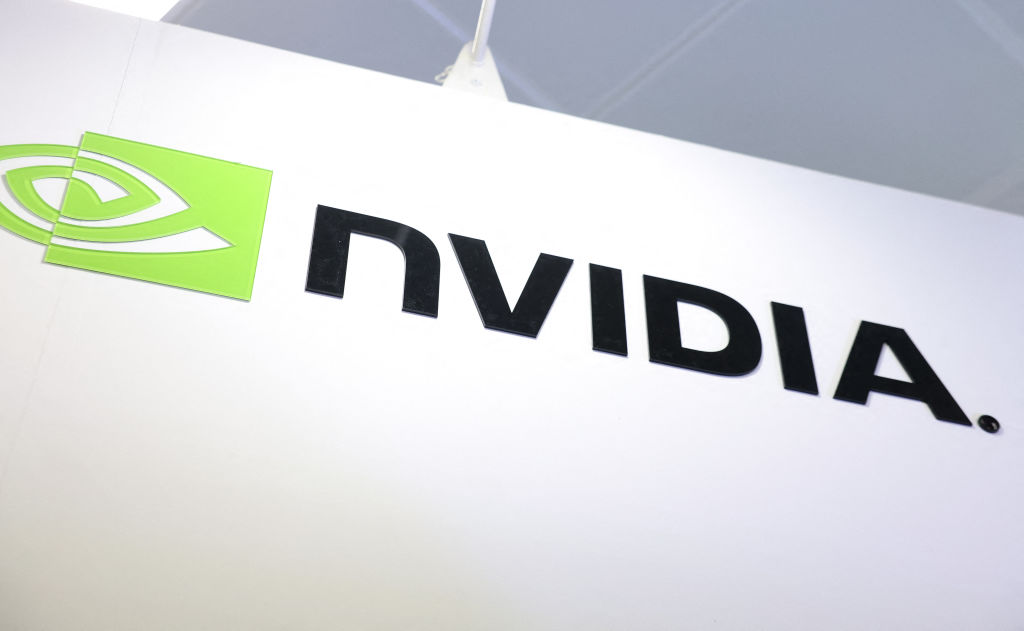 Nvidia Earnings: Live Updates and Commentary November 2025
Nvidia Earnings: Live Updates and Commentary November 2025Nvidia's earnings event is just days away and Wall Street is zeroed in on the AI bellwether's third-quarter results.
-
 Dow Falls 557 Points to Start NVDA Week: Stock Market Today
Dow Falls 557 Points to Start NVDA Week: Stock Market TodayThe Oracle of Omaha saw growth and value in certain corners of the stock market during the third quarter.
-
 Investors Buy the Nasdaq's Big Dip: Stock Market Today
Investors Buy the Nasdaq's Big Dip: Stock Market TodayStocks are up and down again to end an up-and-down week ahead of big earnings announcements and the eventual return of regular economic data flow.
-
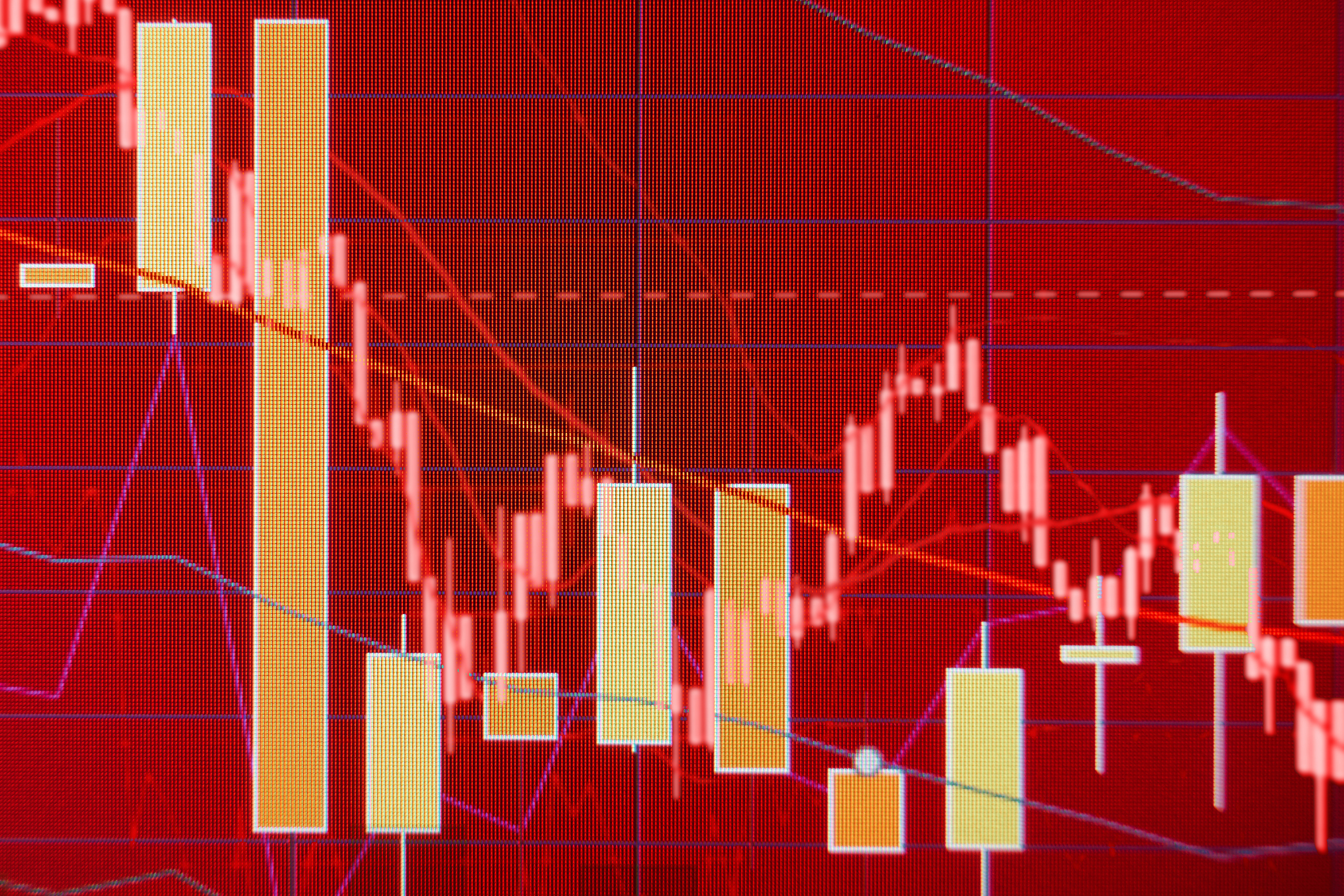 Dow Dives 797 Points as Government Opens: Stock Market Today
Dow Dives 797 Points as Government Opens: Stock Market TodayThe process of pricing and re-pricing realities old and new never stops, and next week promises to be at least as exciting as this week.
-
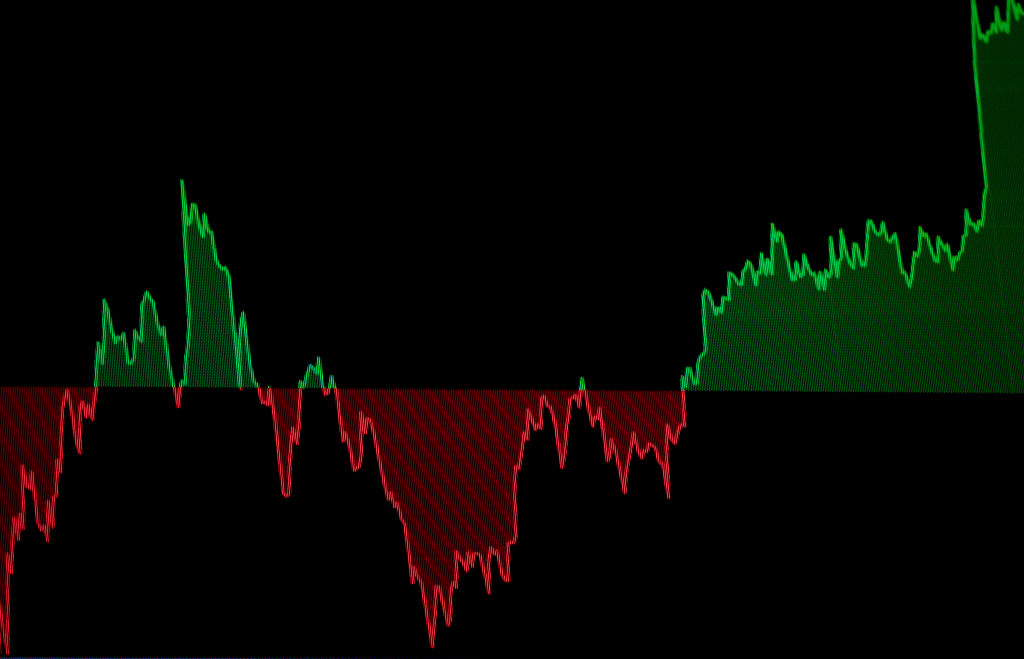 Dow Climbs 327 Points, Crosses 48,000: Stock Market Today
Dow Climbs 327 Points, Crosses 48,000: Stock Market TodayMarkets are pricing the end of the longest government shutdown in history – and another solid set of quarterly earnings.
-
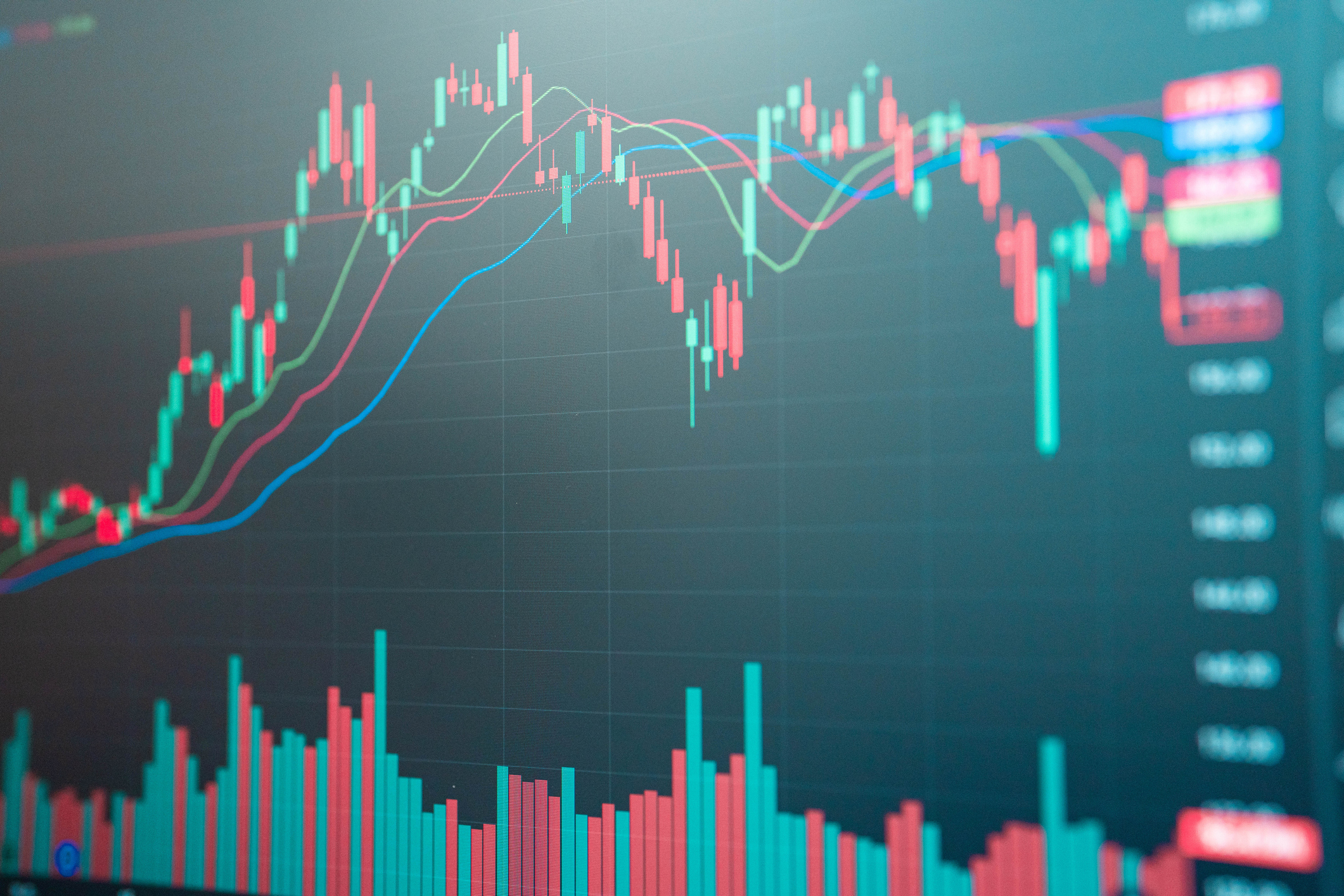 Dow Climbs 559 Points to Hit a New High: Stock Market Today
Dow Climbs 559 Points to Hit a New High: Stock Market TodayThe rotation out of tech stocks resumed Tuesday, with buying seen in more defensive corners of the market.
-
 Risk Is On Again, Dow Jumps 381 Points: Stock Market Today
Risk Is On Again, Dow Jumps 381 Points: Stock Market TodayThe stock market started the week strong on signs the government shutdown could soon be over.
-
 Stocks Bounce But End With Big Weekly Losses: Stock Market Today
Stocks Bounce But End With Big Weekly Losses: Stock Market TodayThe stock market rout continued on Friday, but a late-day burst of buying power brought the main indexes off their session lows.
-
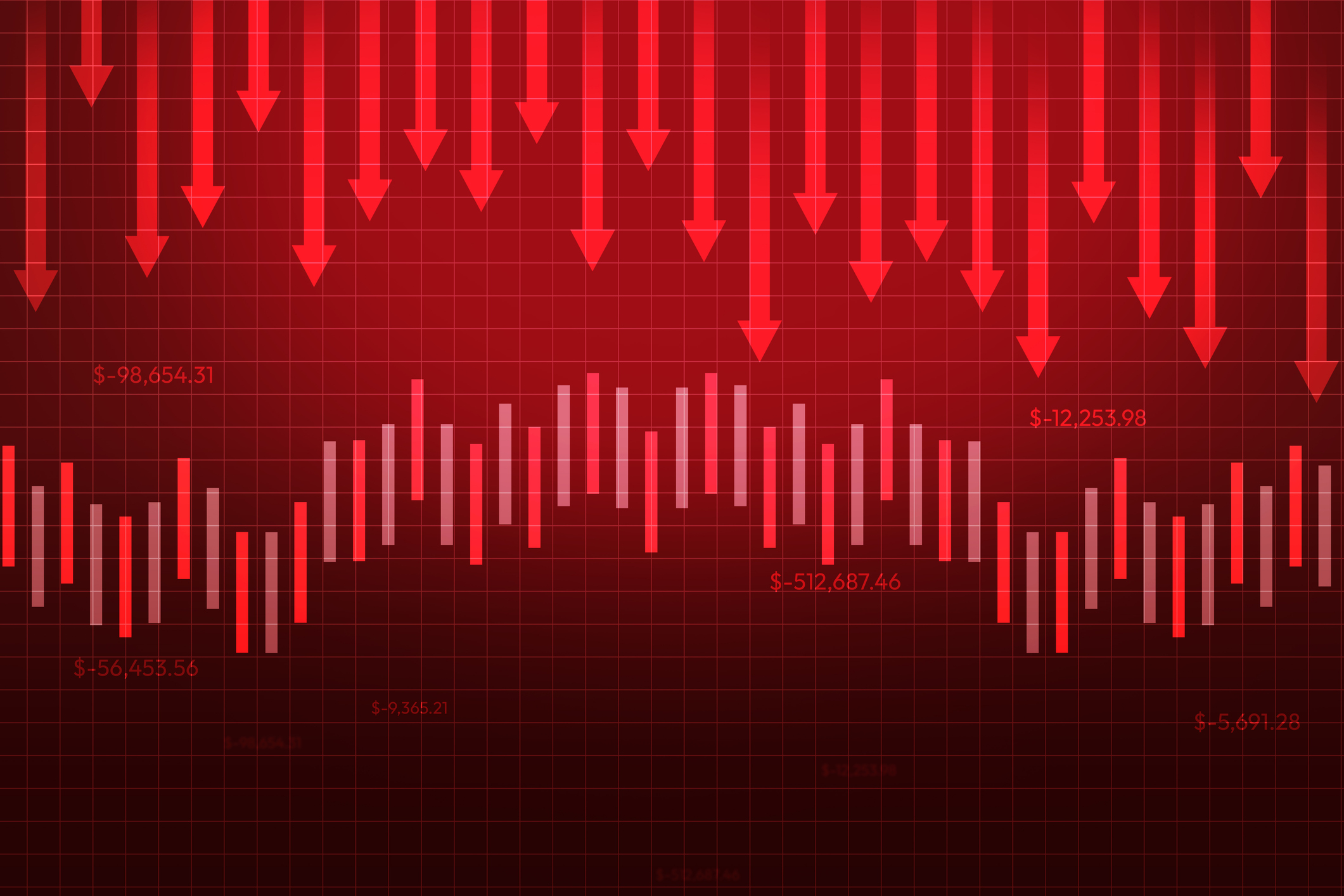 Risk Is Off Again, Dow Falls 397 Points: Stock Market Today
Risk Is Off Again, Dow Falls 397 Points: Stock Market TodayMarket participants are weighing still-solid earnings against both expectations and an increasingly opaque economic picture.